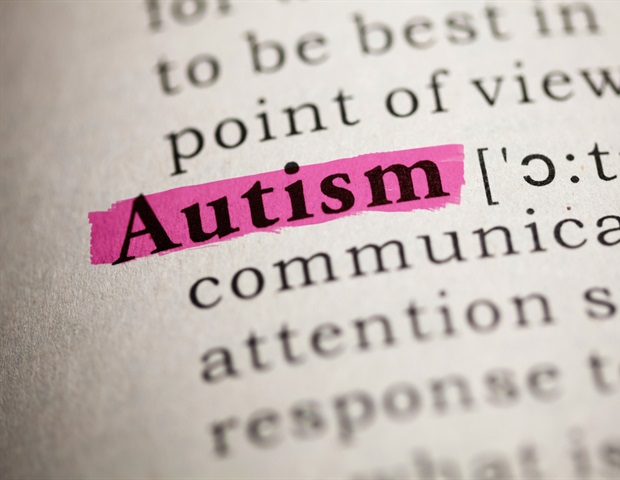
Research from Stanley Manne Children’s Research Institute at Ann & Robert H. Lurie Children’s Hospital of Chicago strongly suggests that Kawasaki disease is caused by a single respiratory virus that is yet to be identified. Findings contradict the theory that many different pathogens or toxins could cause this disease that can lead to serious cardiac complications in young children.
“The cause of Kawasaki disease has been a mystery for over 50 years,” said Anne Rowley, MD, pediatric infectious diseases expert and scientist at Manne Research Institute at Lurie Children’s, who is the lead author on the study published in Laboratory Investigation. “Our compelling data are a huge step forward and provide a clear direction for the field to identify and sequence the virus that causes Kawasaki disease in susceptible children. This will be critical to advancing the diagnosis, treatment and prevention of Kawasaki disease.”
Kawasaki disease is relatively uncommon, affecting mostly children between 6 months and 5 years of age. Lurie Children’s sees 50-60 newly diagnosed Kawasaki disease patients a year.
Currently, there is no diagnostic test for Kawasaki disease. Clinical signs include fever, rash, swelling of the hands and feet, irritation and redness of the whites of the eyes, swollen lymph glands in the neck, and irritation and inflammation of the mouth, lips, and throat. Children with Kawasaki disease have a 20 percent chance of developing heart disease, while infants are at higher risk with 50 percent chance of cardiac complications. The standard treatment, intravenous immunoglobulin and aspirin, substantially decreases the risk of heart disease in patients with Kawasaki disease. Steroids may be added for the highest risk patients.
In their study, Dr. Rowley and colleagues prepared antibodies from blood cells of children with Kawasaki disease, in order to see what these antibodies will target in tissue samples of patients who died from the disease. They found that the antibodies recognized so-called inclusion bodies, which are by-products of a virus, in all 20 tissue samples that represented cases from the U.S. and Japan over 50 years.
We saw the same inclusion bodies targeted in every tissue sample spanning five decades and two continents, which shows that we are dealing with one predominant virus causing Kawasaki disease. It appears to be a respiratory virus since the inclusion bodies were in the medium size airways. Going forward, we need to focus on studies of pathology specimens to gain understanding of what is inside the inclusion bodies so that we can identify the Kawasaki disease virus and finally solve the mystery.”
Dr. Anne Rowley, MD, pediatric infectious diseases expert and scientist at Manne Research Institute at Lurie Children’s
This work was supported by the National Institutes of Health grant R01AI150719 to Dr. Rowley, the Max Goldenberg Foundation, the Center for Kawasaki Disease at the Ann & Robert H. Lurie Children’s Hospital of Chicago, the Northwestern University NUSeq Core Facility, and the Northwestern University Flow Cytometry Core Facility supported by Cancer Center Support Grant (NCI CA060553).
Dr. Rowley is a Professor of Pediatrics and Microbiology-Immunology at Northwestern University Feinberg School of Medicine. She holds the Dorothy M. and Edward E. Burwell Board Designated Professorship in Immunobiology at Lurie Children’s.
Source:
Ann & Robert H. Lurie Children’s Hospital of Chicago
Journal reference:
Rowley, A. H., et al. (2025). Monoclonal Antibodies from Children with Acute Kawasaki Disease Identify a Common Antigenic Target in Fatal Cases Over Five Decades. Laboratory Investigation. doi.org/10.1016/j.labinv.2025.104131.

 PARENTING TIPS
PARENTING TIPS







 PREGNANCY
PREGNANCY








 BABY CARE
BABY CARE








 TODDLERS
TODDLERS








 TEENS
TEENS








 HEALTH CARE
HEALTH CARE





 ACTIVITIES & CRAFTS
ACTIVITIES & CRAFTS








 CONTACT
CONTACT ABOUT
ABOUT